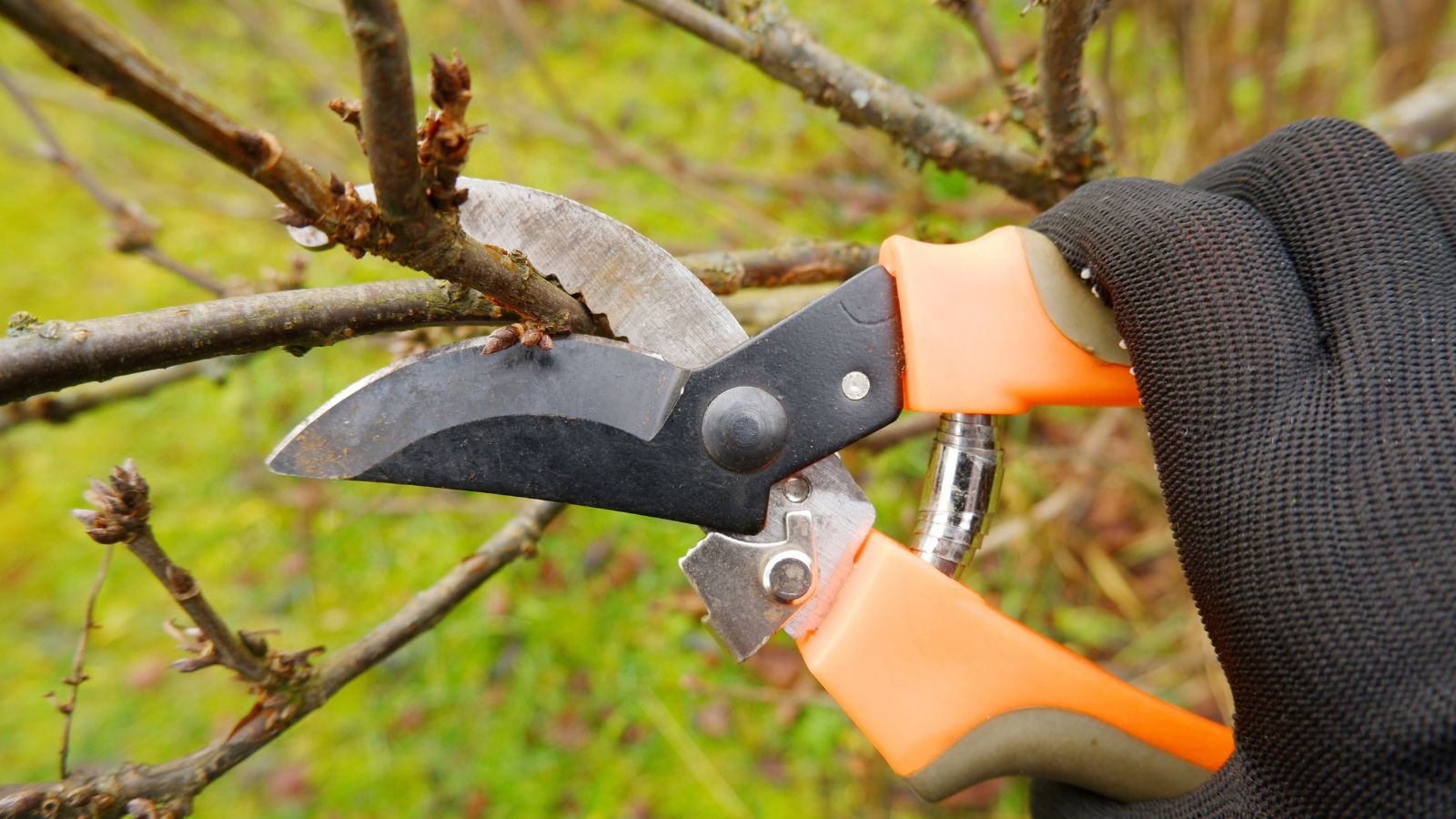When flowers appear unexpectedly in your garden, it can feel like nature’s surprise gift. But out-of-season blooms are often a sign of underlying stress in your plants. These off-schedule flowers may result from unusual weather patterns, environmental changes, or improper care practices. While some instances are harmless, others may disrupt your plants’ ability to thrive and bloom in future seasons. Here’s a detailed look at why this happens and what you can do to address it.
Table of Contents
ToggleWhat Causes Plants to Bloom Out of Season?
Plants depend on environmental cues like temperature, light, and moisture to regulate their natural growth cycles. When these cues are disrupted, plants may respond with unseasonable flowering. Below are the five most common reasons for this phenomenon, along with solutions to help your garden stay on track.
1. Unusually Warm Autumns
Autumn typically signals the end of the growing season, as plants prepare for winter dormancy. However, when fall temperatures stay warmer than usual, many spring-blooming species—like azaleas, cherries, or crabapples—can be tricked into thinking it’s spring. This triggers premature flower bud development.

For plants requiring a set number of “chill hours” (a period of sustained cold), warm falls can interfere with dormancy. If these requirements aren’t met, plants may bloom unevenly or fail to flower properly the following spring.
What You Can Do:
- Spread temperature-modulating mulch to keep the soil and roots cooler during warm autumn days.
- In regions prone to warm falls, choose plant varieties with lower chill hour requirements to avoid disrupted flowering cycles.
2. Drastic Temperature Swings
Rapid and extreme fluctuations between cold and warm weather can confuse plants, disrupting their growth patterns. For instance, an early spring warm spell may coax buds to open prematurely. If a sudden frost follows, these delicate blooms and buds can suffer damage, leading to a loss of flowers or fruit.

Erratic temperature shifts are especially problematic for perennial plants that rely on seasonal consistency to regulate growth. Without adequate time to adapt, they may bloom in response to stress rather than their natural schedule.
What You Can Do:
- Protect vulnerable plants during unexpected cold spells with frost blankets, row covers, or temporary shelters.
- During heatwaves, use shade cloth and increase irrigation to prevent overheating and dehydration.
3. Prolonged Drought or Overwatering
Extreme moisture conditions, whether too little or too much, can create significant stress for plants. Drought stress, in particular, often leads to survival responses, where plants prioritize reproduction by flowering prematurely. Conversely, waterlogged roots from excessive watering can also disrupt growth cycles, leading to abnormal flowering.

What You Can Do:
- Use mulch to retain soil moisture and moderate root temperatures.
- Water plants consistently, ensuring the soil is neither too dry nor overly saturated. Good drainage is essential for preventing waterlogging.
4. Improper Pruning Practices
While pruning is essential for maintaining plant health, doing so at the wrong time can stimulate new growth and flowering at inappropriate times of the year. For example, late-season pruning of spring-blooming shrubs like forsythia or lilac may encourage them to produce out-of-season blooms.

What You Can Do:
- Research and follow species-specific pruning guidelines. Generally, prune spring bloomers immediately after flowering to avoid disrupting their blooming schedule.
5. Stress from Transplanting or Physical Damage
Physical stressors, such as transplant shock, pest infestations, or environmental damage (e.g., hail or strong winds), can trigger unseasonal flowering. This stress response is often a plant’s attempt to reproduce and ensure survival in uncertain conditions.

What You Can Do:
- Minimize transplanting stress by moving plants during their dormant season and ensuring proper aftercare, including watering and mulching.
- Regularly inspect plants for pests or physical damage and address these issues promptly.
How to Prevent Out-of-Season Blooming
While some factors, like weather, are beyond your control, there are several steps you can take to maintain the natural cycles of your garden:
- Monitor Weather Patterns: Stay informed about temperature changes and prepare your plants with protective measures during extreme conditions.
- Choose Climate-Appropriate Plants: Select species well-suited to your region’s typical weather conditions.
- Maintain Consistent Care: Regular watering, mulching, and pruning at the right time can reduce stress and support healthy plant growth.
- Protect Plants from Stressors: Use barriers or covers to shield plants from sudden frost, intense heat, or strong winds.
Final Thoughts
Out-of-season blooming might seem harmless, but it’s often a signal that your plants are experiencing stress or environmental disruption. By understanding the causes and applying the appropriate preventative measures, you can help your plants return to their natural growth cycles. With proper care and attention, your garden will thrive and bloom in all the right seasons, offering beauty and abundance year-round.
